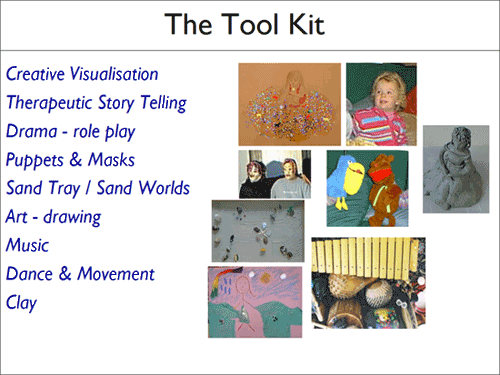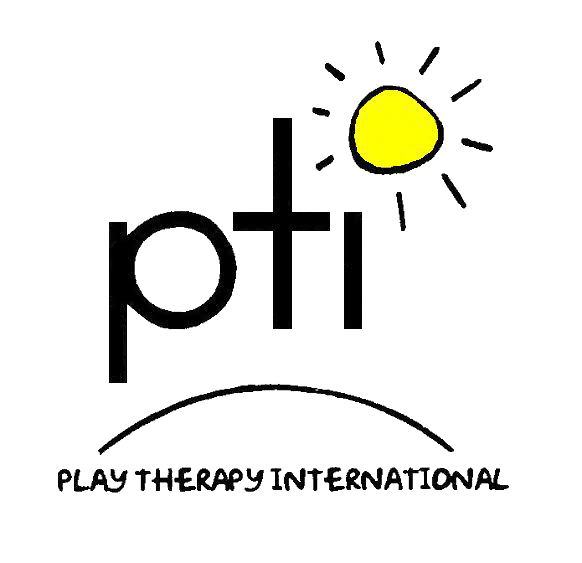Therapeutic play, (including play therapy) , is a well established discipline based upon a number of psychological theories. Research, both qualitative and quantitative shows that it is highly effective in many cases. Recent research by PTUK, an organisation affiliated to PTI, suggests that 71% of the children referred to play therapy will show a positive change.
How does therapeutic play work?
A safe, confidential and caring environment is created which allows the child to play with as few limits as possible but as many as necessary (for physical and emotional safety). This allows healing to occur on many levels following our natural inner trend towards health. Play and creativity operate on impulses from outside our awareness – the unconscious. No medication is used.
The therapist may reflect back to the child observations of what has happened during the session if this is felt to be appropriate. Above all the child is given “Special Time”. So often in modern life we never seem to have enough time to spend with our children – just playing, just being there for them. The child is given strategies to cope with difficulties they face in life and which they themselves cannot change. It provides a more positive view of their future life.
The first recorded use of therapeutic play goes back to 1919 It is informed by a number of psychological theories. Probably the most important contributions to modern practice are the work of Virginia Axline and Violet Oaklander. Two major approaches are ‘Non-directive play therapy’ and ‘Directive play therapy’. A skilled practitioner will adopt a mix of both approaches according to circumstances.
Play Therapy International has, through the work carried out by Play Therapy UK (PTUK), pioneered the development and use of a competency framework, as the foundation of a Profession Structure Model, to improve the understanding of exactly what a practitioner of therapeutic play does. A list of competencies for a Play Therapist provides further information.
Sessions may last from typically 30 to 45 minutes. They may be with individual or groups of children. A variety of techniques – ‘the Play Therapy Toolkit’ are used according to the child’s wishes and the skills of the ‘therapist’. These may include:


